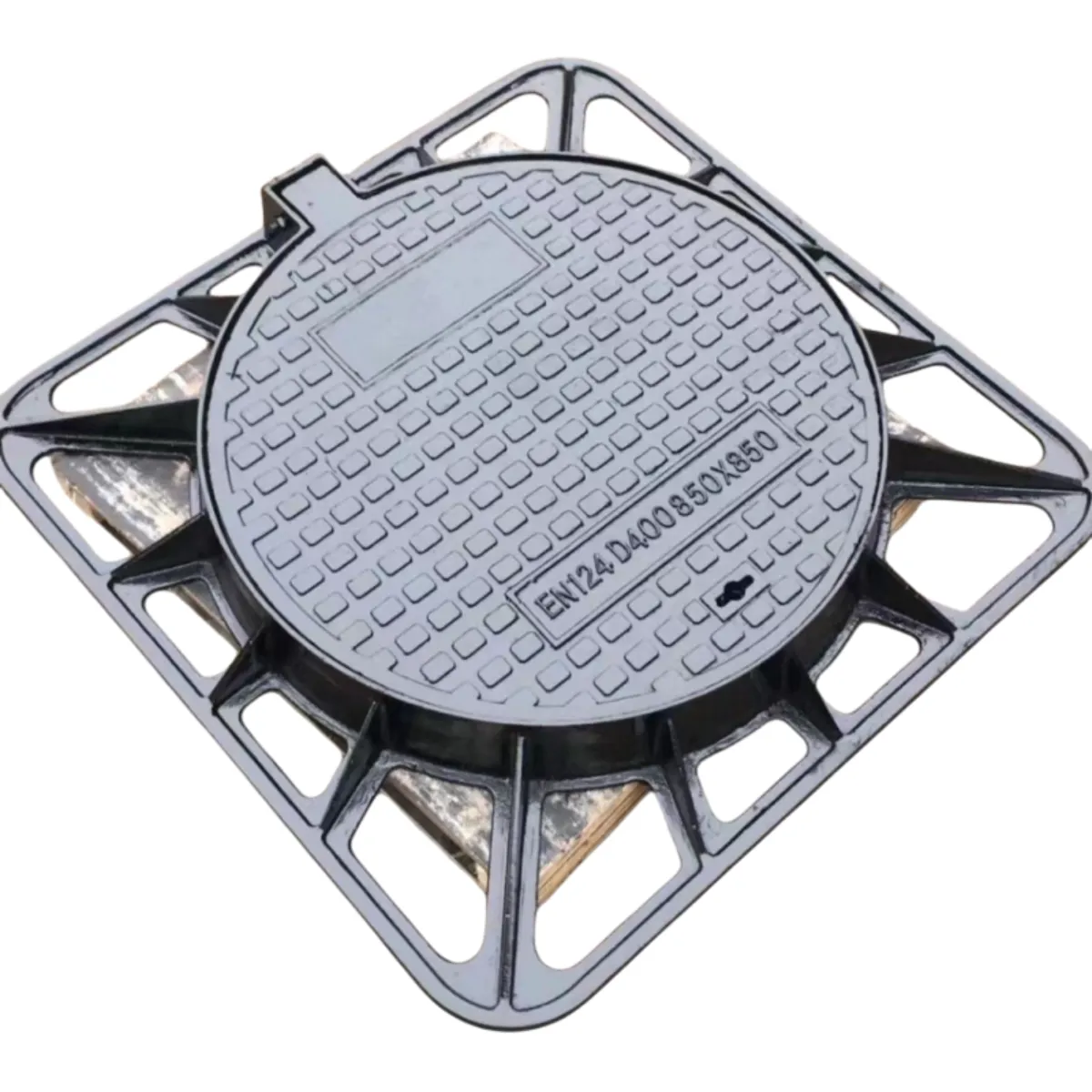Innovative Designs for Sustainable Tree Grates Enhancing Urban Green Spaces
Designing Effective Tree Grates A Guide to Urban Greening
Urban areas are increasingly recognizing the importance of integrating green spaces within concrete jungles. One crucial component in this endeavor is the design of tree grates. Tree grates not only protect and nurture urban trees but also contribute significantly to the aesthetics and functionality of public spaces. This article explores the essential considerations and best practices for designing effective tree grates that promote healthy tree growth while enhancing urban environments.
Understanding Tree Grates
Tree grates are frames installed around the base of trees that are often found in sidewalks, plazas, and other pedestrian areas. They serve multiple purposes they protect the tree from damage, help manage soil moisture, and improve pedestrian safety by providing a stable walking surface. Moreover, they can beautify the area, complementing the surrounding architecture and landscaping features.
Key Considerations in Tree Grate Design
1. Material Selection The choice of materials is critical for the durability and aesthetic appeal of tree grates. Common materials include cast iron, aluminum, and steel, each offering different benefits. For instance, cast iron grates are robust and can withstand heavy foot traffic but may be prone to rusting if not properly treated. On the other hand, aluminum grates are lighter and resistant to corrosion, making them suitable for various climates.
2. Size and Shape The size and shape of a tree grate should be compatible with the size of the tree and the surrounding environment. A well-designed tree grate should provide enough space for root growth while preventing soil compaction. Typically, a grate should extend at least three feet around the trunk of a mature tree. Additionally, the shape should consider pedestrian flow and accessibility, ensuring it does not become a tripping hazard.
3. Drainage and Aeration Proper drainage and aeration are crucial for the health of urban trees. Tree grates should incorporate openings that facilitate water penetration and allow for air exchange between the soil and the atmosphere. This can be achieved through various designs, such as perforated grates or grates with lattice patterns that balance support and permeability.
tree grate design

4. Soil Health Soil is the foundation of a tree’s health. Tree grates should allow for a soil environment that retains moisture but also drains excess water effectively. Designers can integrate soil amendments or aeration systems into the design to support microbial life, necessary for nutrient exchange. This focus on soil health is essential in urban settings where soil can be compacted and nutrient-poor.
5. Aesthetic Integration A tree grate should harmonize with its surroundings, contributing to the overall aesthetic quality of the urban landscape. Designers should consider local architectural styles and materials when selecting a design. Artistic elements, such as engravings or decorative patterns, can enhance the visual appeal of the grate while also promoting community identity.
6. Safety and Accessibility Safety is a paramount concern in any urban design. Tree grates must be designed to be slip-resistant, ensuring that they are safe for pedestrians in all weather conditions. Additionally, they should accommodate individuals with disabilities, maintaining a clear and accessible pathway around the tree.
Case Studies
Cities around the world are implementing innovative tree grate designs. For instance, New York City has employed permeable grates in busy areas, allowing for rainwater absorption while minimizing urban runoff. Meanwhile, cities in Europe have experimented with green tree grates that incorporate soil and vegetation, providing additional ecological benefits.
Conclusion
Designing effective tree grates is an essential aspect of enhancing urban environments. By considering factors such as material selection, size and shape, drainage, soil health, aesthetics, and safety, city planners and designers can create tree grates that not only protect and nurture urban trees but also enrich the landscape for all city dwellers. As we continue to face the challenges of urbanization, embracing thoughtful design in our public spaces will be crucial for promoting biodiversity and improving the overall quality of urban life.
-
The Smarter Choice for Pedestrian AreasNewsJun.30,2025
-
The Gold Standard in Round Drain CoversNewsJun.30,2025
-
The Gold Standard in Manhole Cover SystemsNewsJun.30,2025
-
Superior Drainage Solutions with Premium Gully GratesNewsJun.30,2025
-
Superior Drainage Solutions for Global InfrastructureNewsJun.30,2025
-
Square Manhole Solutions for Modern InfrastructureNewsJun.30,2025
-
Premium Manhole Covers for Modern InfrastructureNewsJun.30,2025
